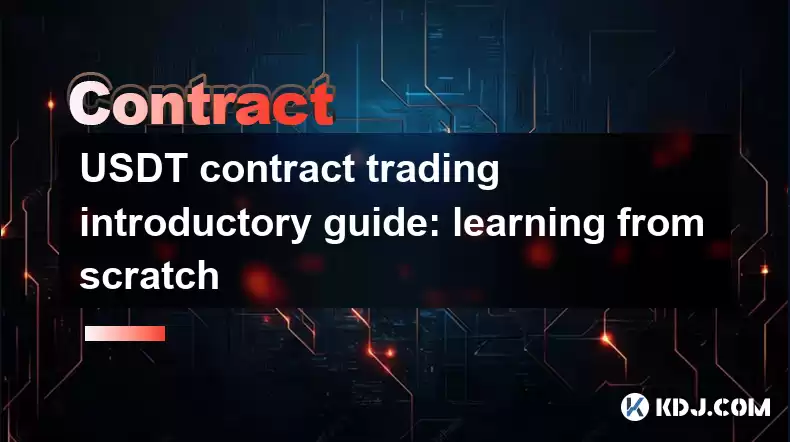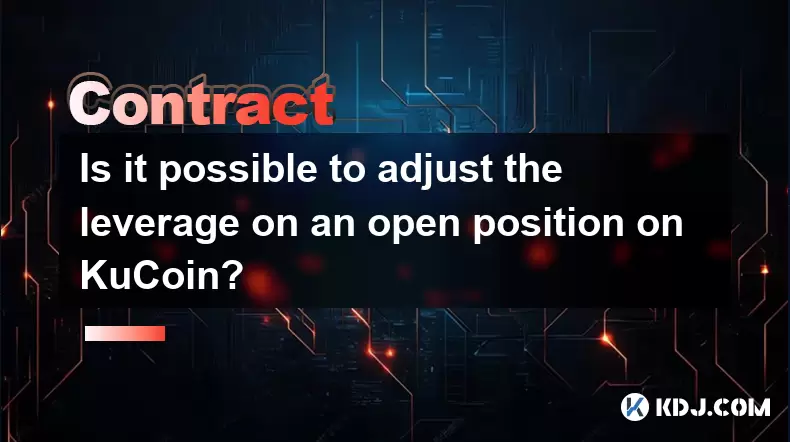-
 Bitcoin
Bitcoin $116400
-0.36% -
 Ethereum
Ethereum $4033
3.40% -
 XRP
XRP $3.302
-1.26% -
 Tether USDt
Tether USDt $1.000
-0.02% -
 BNB
BNB $796.1
1.67% -
 Solana
Solana $177.8
1.89% -
 USDC
USDC $0.9999
0.00% -
 Dogecoin
Dogecoin $0.2314
4.09% -
 TRON
TRON $0.3381
0.14% -
 Cardano
Cardano $0.7989
1.22% -
 Stellar
Stellar $0.4496
-1.84% -
 Chainlink
Chainlink $20.42
9.42% -
 Hyperliquid
Hyperliquid $41.17
0.88% -
 Sui
Sui $3.914
3.77% -
 Bitcoin Cash
Bitcoin Cash $584.7
1.52% -
 Hedera
Hedera $0.2632
-0.54% -
 Avalanche
Avalanche $24.09
3.40% -
 Ethena USDe
Ethena USDe $1.001
-0.02% -
 Litecoin
Litecoin $123.2
1.33% -
 Toncoin
Toncoin $3.318
-0.04% -
 UNUS SED LEO
UNUS SED LEO $8.984
-0.05% -
 Shiba Inu
Shiba Inu $0.00001323
2.85% -
 Uniswap
Uniswap $10.90
4.41% -
 Polkadot
Polkadot $3.999
3.34% -
 Dai
Dai $1.000
0.01% -
 Cronos
Cronos $0.1630
9.64% -
 Bitget Token
Bitget Token $4.484
0.82% -
 Monero
Monero $272.4
2.44% -
 Pepe
Pepe $0.00001173
6.03% -
 Aave
Aave $290.8
2.88%
USDT contract trading introductory guide: learning from scratch
This guide introduces USDT contract trading, covering account setup, trade execution, risk management (including leverage and stop-loss orders), various contract types, and the importance of responsible trading practices.
Mar 13, 2025 at 01:50 pm

Key Points:
- Understanding USDT and its role in contract trading.
- Exploring different types of USDT contracts.
- Navigating the process of opening a USDT contract trading account.
- Step-by-step guide to executing a USDT contract trade.
- Managing risk and understanding leverage in USDT contract trading.
- Utilizing order types and strategies for effective trading.
- Understanding fees and commissions associated with USDT contract trading.
- Recognizing the importance of risk management and responsible trading practices.
USDT Contract Trading Introductory Guide: Learning from Scratch
USDT, or Tether, is a stablecoin pegged to the US dollar. Its stability makes it a popular choice for cryptocurrency contract trading. Contract trading, unlike spot trading, involves speculating on the future price movement of an asset without actually owning it. This guide will walk you through the basics of USDT contract trading.
Understanding USDT and its Role in Contract Trading
USDT's dollar peg minimizes volatility compared to other cryptocurrencies. This stability allows traders to focus on price fluctuations within the contract itself, rather than worrying about the underlying asset's price swings. Many exchanges offer USDT-margined contracts, meaning you use USDT as collateral for your trades.
Types of USDT Contracts
Several types of USDT contracts exist, primarily differing in their expiration dates. Perpetual contracts have no expiry date, while futures contracts have a specific expiration date. Choosing the right contract type depends on your trading strategy and risk tolerance. Understanding the nuances of each is crucial before trading.
Opening a USDT Contract Trading Account
To begin, you'll need to choose a reputable cryptocurrency exchange that offers USDT contract trading. The process usually involves creating an account, verifying your identity (KYC), and depositing USDT into your trading account. Each exchange has its own specific procedures, so carefully follow their instructions.
Executing a USDT Contract Trade: A Step-by-Step Guide
- Choose your trading pair: Select the cryptocurrency you want to trade against USDT (e.g., BTC/USDT, ETH/USDT).
- Determine your position: Decide whether you want to go long (buy) or short (sell), predicting the price's future direction.
- Set your leverage: Leverage magnifies your potential profits but also your losses. Start with low leverage until you gain experience.
- Enter your order: Specify the amount of USDT you want to use and the entry price.
- Monitor your position: Track your trade's performance and manage your risk accordingly.
- Close your position: Exit your trade when your target price is reached or when you need to limit potential losses.
Managing Risk and Understanding Leverage
Leverage amplifies both gains and losses. High leverage can lead to significant losses if the market moves against your position. Proper risk management techniques, such as using stop-loss orders, are essential to mitigate potential losses. Never risk more capital than you can afford to lose.
Order Types and Trading Strategies
Various order types are available, including market orders (executed immediately at the current market price) and limit orders (executed only when the price reaches a specified level). Different trading strategies, such as scalping, day trading, and swing trading, can be employed depending on your timeframe and risk appetite.
Fees and Commissions
Exchanges charge fees for trading contracts. These fees can vary depending on the exchange, trading volume, and contract type. Understanding these fees is crucial for calculating your potential profits and losses accurately. Compare fees across different exchanges to find the most cost-effective option.
Importance of Risk Management and Responsible Trading
Responsible trading practices are paramount. Never invest more than you can afford to lose. Diversify your portfolio, stay informed about market trends, and consistently review your trading strategy. Emotional trading can be detrimental; always stick to your plan.
Frequently Asked Questions:
Q: What is the difference between spot trading and contract trading?
A: Spot trading involves buying and owning the underlying asset, while contract trading involves speculating on the future price movement without owning the asset.
Q: What are the risks associated with USDT contract trading?
A: The primary risks include liquidation (losing your entire investment due to leverage) and market volatility.
Q: How do I choose the right leverage for USDT contract trading?
A: Start with low leverage to gain experience and gradually increase it as your confidence and understanding grow.
Q: What are stop-loss orders and why are they important?
A: Stop-loss orders automatically close your position when the price reaches a predetermined level, limiting potential losses.
Q: Are there any educational resources available for learning about USDT contract trading?
A: Many exchanges and online platforms offer educational materials, including tutorials, webinars, and articles. Always conduct thorough research before engaging in contract trading.
Q: What are some common mistakes to avoid in USDT contract trading?
A: Overleveraging, emotional trading, ignoring risk management, and failing to understand the chosen contract type are common mistakes.
Q: How can I protect myself from scams related to USDT contract trading?
A: Only use reputable and regulated exchanges, be wary of unsolicited investment advice, and verify the legitimacy of any platform before investing.
Q: What are perpetual contracts and how do they differ from futures contracts?
A: Perpetual contracts have no expiry date, while futures contracts have a specific expiry date. Perpetual contracts often use funding rates to keep their price close to the spot price of the underlying asset.
Q: How do funding rates affect my USDT contract trading?
A: Funding rates are periodic payments made between traders based on the difference between the perpetual contract price and the spot price of the underlying asset. They can impact your overall profitability.
Disclaimer:info@kdj.com
The information provided is not trading advice. kdj.com does not assume any responsibility for any investments made based on the information provided in this article. Cryptocurrencies are highly volatile and it is highly recommended that you invest with caution after thorough research!
If you believe that the content used on this website infringes your copyright, please contact us immediately (info@kdj.com) and we will delete it promptly.
- Shiba Inu (SHIB) in the Crypto Landscape: Community, Trends, and Future Outlook
- 2025-08-09 20:30:12
- Lasers in Modern Warfare: Iron Beam and the Future of Defense
- 2025-08-09 20:30:12
- Maxi Doge Presale: The Meme Coin That's Pumping Iron and Prices!
- 2025-08-09 19:10:11
- Rare Coin Warning: Don't Get Fooled by That 1p Coin!
- 2025-08-09 18:50:12
- Cardano, Unilabs, and Tron Price: Decoding the Latest Crypto Buzz
- 2025-08-09 18:30:12
- Aerodrome Finance: Price Targets and the Bullish Channel - What's Next?
- 2025-08-09 18:50:12
Related knowledge

Is it possible to adjust the leverage on an open position on KuCoin?
Aug 09,2025 at 08:21pm
Understanding Leverage in KuCoin Futures TradingLeverage in KuCoin Futures allows traders to amplify their exposure to price movements by borrowing fu...

What is the difference between realized and unrealized PNL on KuCoin?
Aug 09,2025 at 01:49am
Understanding Realized and Unrealized PNL on KuCoinWhen trading on KuCoin, especially in futures and perpetual contracts, understanding the distinctio...

How does KuCoin Futures compare against Binance Futures in terms of features?
Aug 09,2025 at 03:22am
Trading Interface and User ExperienceThe trading interface is a critical component when comparing KuCoin Futures and Binance Futures, as it directly i...

How do funding fees on KuCoin Futures affect my overall profit?
Aug 09,2025 at 08:22am
Understanding Funding Fees on KuCoin FuturesFunding fees on KuCoin Futures are periodic payments exchanged between long and short position holders to ...

What is the distinction between mark price and last price on KuCoin?
Aug 08,2025 at 01:58pm
Understanding the Basics of Price in Cryptocurrency TradingIn cryptocurrency exchanges like KuCoin, two key price indicators frequently appear on trad...

What are the specific maker and taker fees on KuCoin Futures?
Aug 08,2025 at 08:28am
Understanding Maker and Taker Fees on KuCoin FuturesWhen trading on KuCoin Futures, users encounter two primary types of fees: maker fees and taker fe...

Is it possible to adjust the leverage on an open position on KuCoin?
Aug 09,2025 at 08:21pm
Understanding Leverage in KuCoin Futures TradingLeverage in KuCoin Futures allows traders to amplify their exposure to price movements by borrowing fu...

What is the difference between realized and unrealized PNL on KuCoin?
Aug 09,2025 at 01:49am
Understanding Realized and Unrealized PNL on KuCoinWhen trading on KuCoin, especially in futures and perpetual contracts, understanding the distinctio...

How does KuCoin Futures compare against Binance Futures in terms of features?
Aug 09,2025 at 03:22am
Trading Interface and User ExperienceThe trading interface is a critical component when comparing KuCoin Futures and Binance Futures, as it directly i...

How do funding fees on KuCoin Futures affect my overall profit?
Aug 09,2025 at 08:22am
Understanding Funding Fees on KuCoin FuturesFunding fees on KuCoin Futures are periodic payments exchanged between long and short position holders to ...

What is the distinction between mark price and last price on KuCoin?
Aug 08,2025 at 01:58pm
Understanding the Basics of Price in Cryptocurrency TradingIn cryptocurrency exchanges like KuCoin, two key price indicators frequently appear on trad...

What are the specific maker and taker fees on KuCoin Futures?
Aug 08,2025 at 08:28am
Understanding Maker and Taker Fees on KuCoin FuturesWhen trading on KuCoin Futures, users encounter two primary types of fees: maker fees and taker fe...
See all articles

























































































